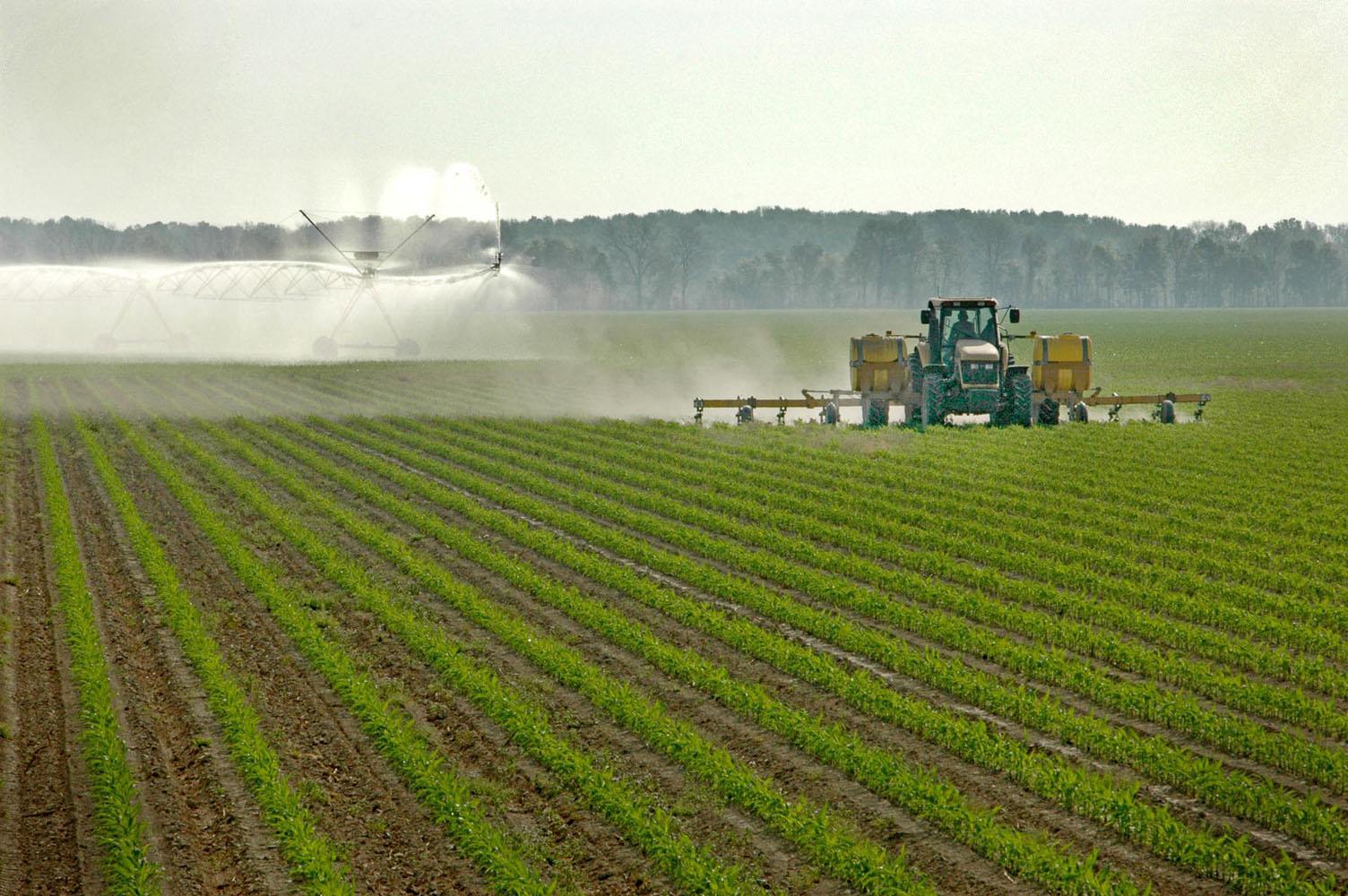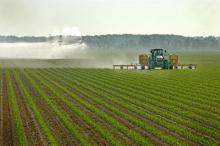Information Possibly Outdated
The information presented on this page was originally released on March 30, 2007. It may not be outdated, but please search our site for more current information. If you plan to quote or reference this information in a publication, please check with the Extension specialist or author before proceeding.
Corn prices send acreage soaring
MISSISSIPPI STATE -- Corn market prices are almost double what they were a year ago, and Mississippi farmers are responding in kind.
Arkansas and Mississippi will lead the nation in percentage corn production increases with 296 percent and 279 percent, respectively. Of 48 states with a corn crop in 2006, only Massachusetts is expected to decrease its acreage this year.
The U.S. Department of Agriculture released its annual prospective plantings report March 30, and Mississippi producers are predicted to plant 950,000 acres of corn, compared to 340,000 acres last year. Mississippi's corn acreage will exceed that of cotton for the first time since 1958.
John Anderson, agricultural economist with Mississippi State University's Extension Service, attributes the shift to the strong corn prices.
“The September contract for corn is a little less than $4 per bushel. A month ago when planting was just getting under way, those prices were up to $4.42,” Anderson said. “Ethanol is leading the demand for corn, and a lot of the price influence is speculation about how much ethanol we will use in the coming years.”
Erick Larson, Extension small grains specialist, said ethanol is consuming 1.5 billion bushels of a 10.5-billion-bushel crop, just short of 15 percent of the national crop. Expectations are for demand to increase in the coming years, especially if crude oil prices remain at current high levels.
Larson said Mississippi growers had more than 75 percent of the crop planted by the last week of March, which means they were about three weeks ahead of schedule.
“That's a good thing. Early planting generally produces higher yield potential,” Larson said. “The lack of rain in early March across much of the state helped growers get most fields planted, but after about March 20, the dry conditions stopped field work in some places because seeds needed more moisture to germinate. We also have had extremely warm conditions, so fields are rapidly running out of moisture at a time when they rarely experience a drought.”
Larson said some growers already are irrigating corn just to establish the plants. That will add to production expenses and reduce profitability.
“Dry weather has caused some problems with nitrogen application. Corn requires more than twice the nitrogen as cotton,” he said.
Dan Poston, associate professor at MSU's Delta Research and Extension Center in Stoneville, said if growers cannot finishing planting their corn soon or if they have concerns about nitrogen's cost or availability, they may opt for soybeans. Mississippi growers planted 1.67 million acres last year and are expected to plant 1.55 million acres in 2007.
“Farmers can plant soybeans without much capital, and prices are good,” Poston said. “With soybeans, farmers also don't have the high fertilizer costs or the worry about nitrogen issues.”
Soybean prices and acreage also are getting a boost by riding on corn's good fortune. Anderson said November soybean futures are strong at around $8 per bushel.
Tom Barber, Extension cotton specialist, said if the weather stays dry until the middle of April, some growers may switch from corn and soybeans back to cotton. Mississippi farmers planted 1.23 million acres of cotton in 2006, but they are expected to plant only 740,000 acres this year.
Other crops for Mississippi listed in the USDA report included 180,000 acres of rice and 17,000 acres each of peanuts and sweet potatoes.
Anderson decribed the report as the “most anticipated prospective plantings report” in the last decade.




